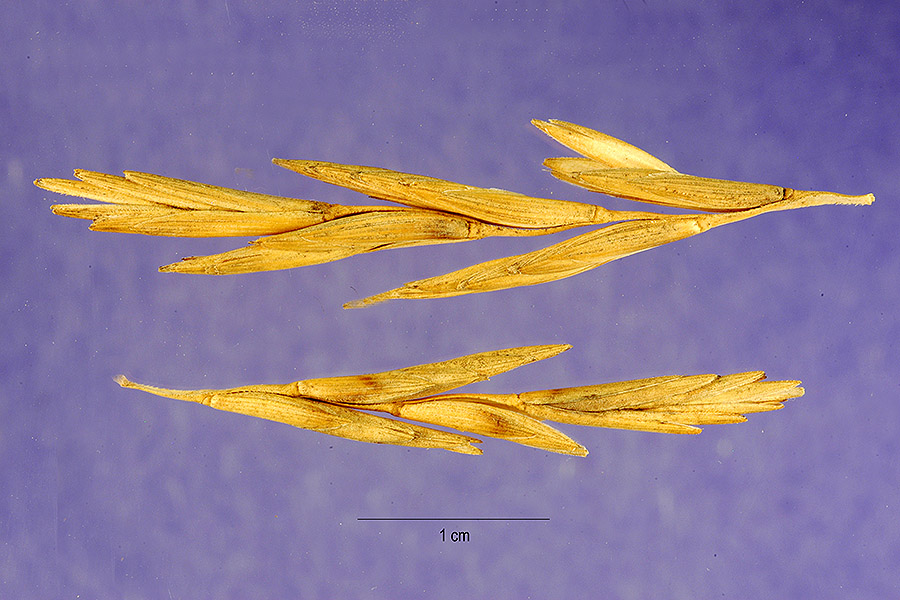Created on: Monday, Jun 20th, 2016
The following webpages were consulted for this screen: Tropicos: http://www.tropicos.org/Name/25531309; GBIF: http://www.gbif.org/species/5289901; GRIN: https://npgsweb.ars-grin.gov/gringlobal/taxonomydetail.aspx?id=314146; CNPLX: http://www.cnplx.info/nplx/species?taxon=Thinopyrum+junceiforme; The Plant List: http://www.theplantlist.org/tpl/record/kew-411142; USDA PLANTS: http://plants.usda.gov/core/profile?symbol=THJU3; Calflora: http://www.calflora.org/cgi-bin/species_query.cgi?where-calrecnum=10422; Cal-IPC: http://www.cal-ipc.org/species_id_cards/Elymus_farctus_Cal-IPC.pdf; EOL: http://eol.org/pages/5795847/overview; Ploymeria: https://polymeria.com.au/ppq29-4-1/; Tasmanian Government: http://dpipwe.tas.gov.au/Documents/CoastalWeeds.pdf; Invasive.org: http://www.invasive.org/gist/global/australia/poa.html; CDFA: https://www.cdfa.ca.gov/plant/ipc/encycloweedia/weedinfo/winfo_table-sci... Cal-IPC: http://www.cal-ipc.org/paf/
Reviewed by Naomi Fraga.
- < 13 : accept (low risk of invasiveness)
- 13 - 15 : evaluate further
- > 15 : reject (high risk of invasiveness)

